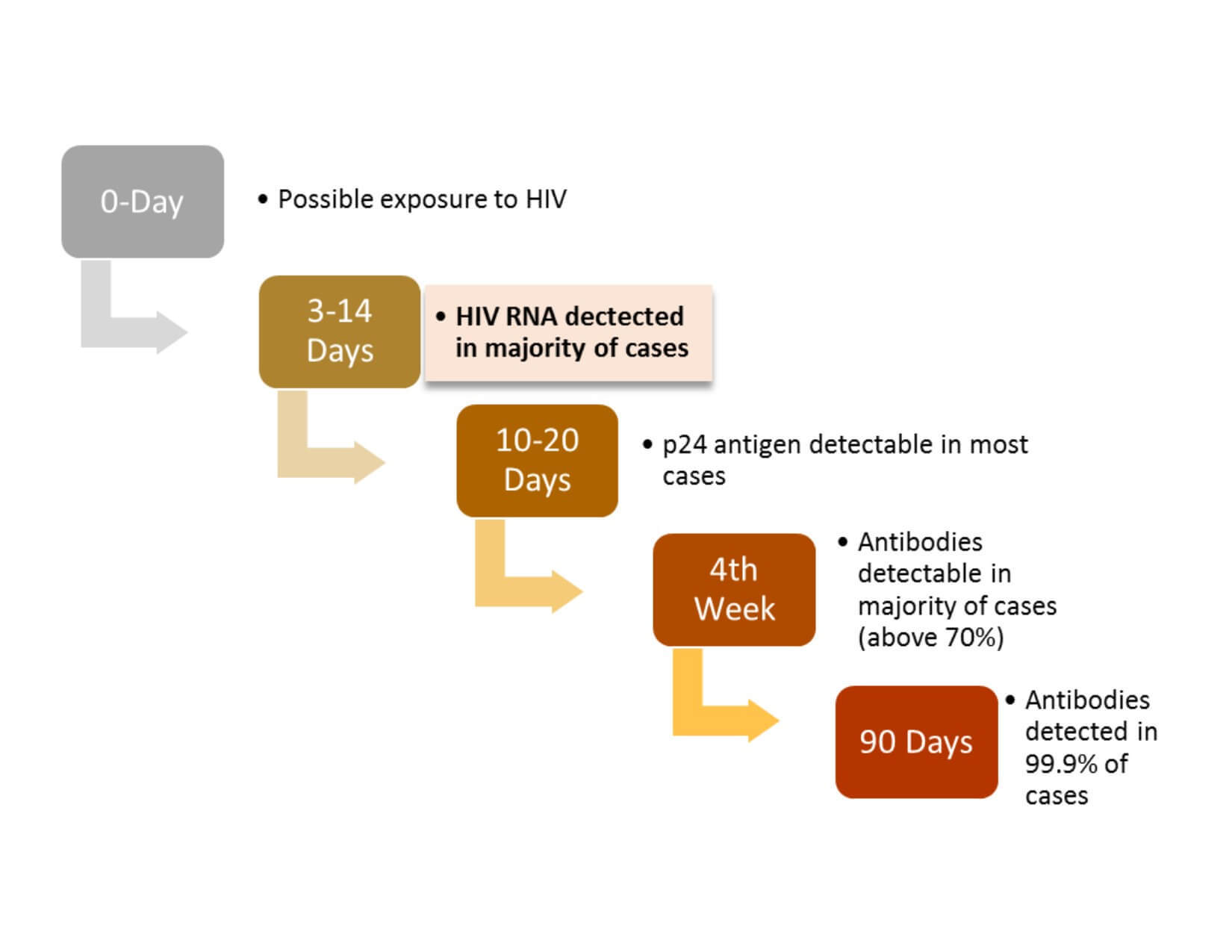Mouth Roof Injury Guide

The roof of the mouth, also known as the palate, is a complex structure that plays a crucial role in our ability to eat, speak, and breathe. Injuries to this area can be painful and potentially serious, requiring prompt medical attention to prevent complications. In this comprehensive guide, we will explore the different types of mouth roof injuries, their causes, symptoms, and treatment options.
Understanding the Anatomy of the Mouth Roof
Before we dive into the topic of mouth roof injuries, it’s essential to understand the anatomy of this complex structure. The palate is divided into two main parts: the hard palate and the soft palate. The hard palate is the bony front part of the roof of the mouth, while the soft palate is the soft, flexible tissue at the back of the mouth. The palate is covered by a mucous membrane, which helps to keep the area moist and protected.
Types of Mouth Roof Injuries
There are several types of mouth roof injuries, including:
- Lacerations: Cuts or tears in the mucous membrane or the underlying tissue of the palate. These can be caused by a variety of factors, including falls, sports injuries, or accidents with sharp objects.
- Fractures: Breaks in the bony structure of the hard palate. These can be caused by severe trauma, such as a car accident or a fall from a significant height.
- Avulsions: Tears in the mucous membrane or the underlying tissue of the palate, which can cause a portion of the tissue to be ripped away. These can be caused by severe trauma or accidents with sharp objects.
- Burns: Thermal or chemical burns to the palate, which can cause damage to the mucous membrane and underlying tissue.
Causes of Mouth Roof Injuries
Mouth roof injuries can be caused by a variety of factors, including:
- Trauma: Falls, sports injuries, or accidents with sharp objects can cause mouth roof injuries.
- Sports: Participating in contact sports, such as football or hockey, can increase the risk of mouth roof injuries.
- Accidents: Accidents with sharp objects, such as knives or broken glass, can cause mouth roof injuries.
- Falls: Falling from a significant height or onto a hard surface can cause mouth roof injuries.
Symptoms of Mouth Roof Injuries
The symptoms of mouth roof injuries can vary depending on the type and severity of the injury. Common symptoms include:
- Pain: Pain or tenderness in the roof of the mouth, which can be severe and debilitating.
- Swelling: Swelling or bruising in the affected area, which can make it difficult to eat or speak.
- Bleeding: Bleeding or oozing from the affected area, which can be heavy and persistent.
- Difficulty speaking: Difficulty speaking or articulating words, which can be caused by swelling or bleeding in the affected area.
Treatment Options for Mouth Roof Injuries
The treatment options for mouth roof injuries depend on the type and severity of the injury. Mild injuries may require only basic first aid, while more severe injuries may require surgical intervention. Common treatment options include:
- First aid: Basic first aid, such as applying pressure to the affected area or using ice to reduce swelling.
- Antibiotics: Antibiotics to prevent infection and promote healing.
- Pain management: Pain management medications, such as acetaminophen or ibuprofen, to manage pain and discomfort.
- Surgery: Surgical intervention to repair damaged tissue or bone, which may be necessary for severe injuries.
Prevention Strategies
While mouth roof injuries can be unpredictable, there are several prevention strategies that can help reduce the risk of injury. These include:
- Wearing protective gear: Wearing protective gear, such as mouthguards or helmets, when participating in contact sports.
- Being mindful of surroundings: Being mindful of surroundings and avoiding accidents with sharp objects.
- Practicing good oral hygiene: Practicing good oral hygiene, such as brushing and flossing regularly, to keep the mouth and teeth healthy.
Complications of Mouth Roof Injuries
If left untreated, mouth roof injuries can lead to several complications, including:
- Infection: Infection, which can spread to other parts of the body and cause serious health problems.
- Abscesses: Abscesses, which are pockets of pus that can form in the affected area and cause severe pain and discomfort.
- Scarring: Scarring, which can cause permanent damage to the affected area and affect speech and eating.
- Nerve damage: Nerve damage, which can cause numbness or tingling in the affected area and affect speech and eating.
Conclusion
Mouth roof injuries can be painful and potentially serious, requiring prompt medical attention to prevent complications. By understanding the anatomy of the mouth roof, the types of injuries that can occur, and the causes and symptoms of these injuries, individuals can take steps to prevent and treat mouth roof injuries. If you experience any symptoms of a mouth roof injury, seek medical attention immediately to ensure proper treatment and prevent complications.
What are the most common causes of mouth roof injuries?
+The most common causes of mouth roof injuries include trauma, sports injuries, accidents with sharp objects, and falls.
What are the symptoms of a mouth roof injury?
+Common symptoms of a mouth roof injury include pain, swelling, bleeding, and difficulty speaking.
How can I prevent mouth roof injuries?
+To prevent mouth roof injuries, wear protective gear when participating in contact sports, be mindful of surroundings, and practice good oral hygiene.

